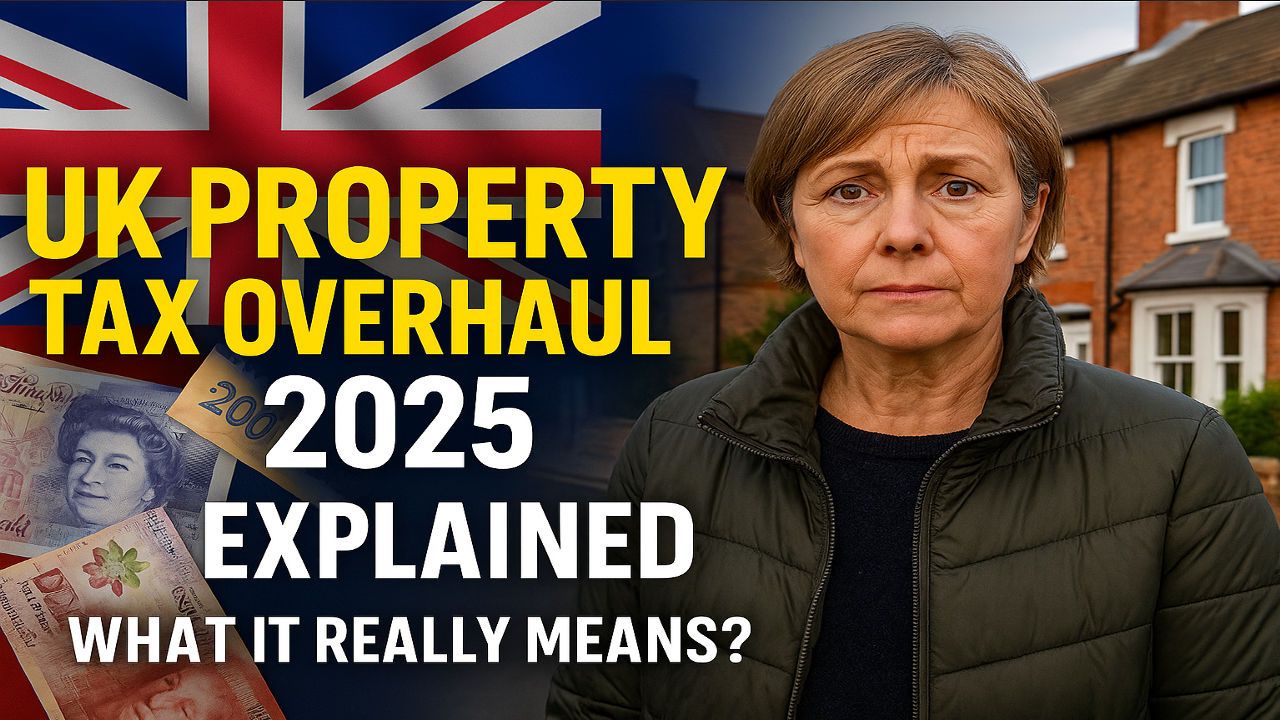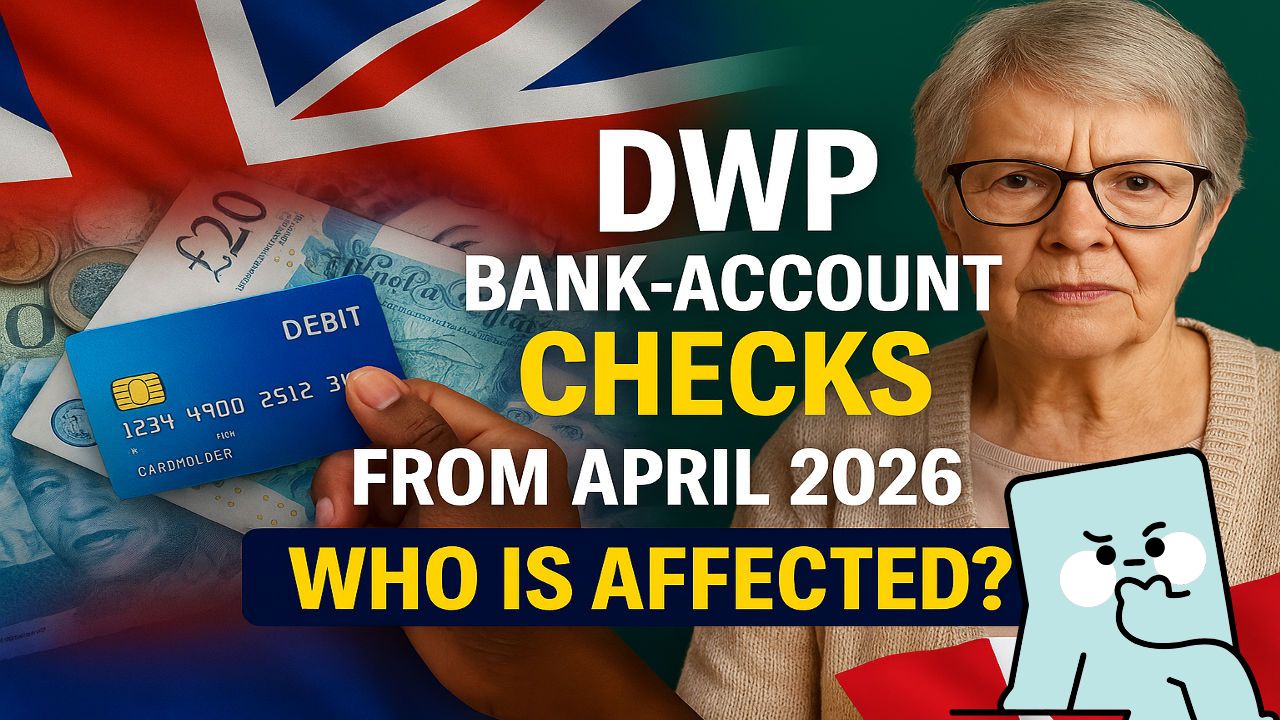Two structural problems drive the 2025 conversation. First, Council Tax remains pegged to 1991 property bands, which many economists consider outdated and regressive. Second, Stamp Duty Land Tax (SDLT) swings with the housing cycle, creating volatile revenues and alleged frictions for buyers and sellers. These weaknesses have spurred renewed proposals to modernise both taxes. The Government’s Finance Bill 2025–26 acts as the legislative channel for any tax changes, so that is the page to monitor for confirmed measures.
On the political side, opposition announcements in October 2025 revived talk of abolishing SDLT on primary residences (with caveats), but these are not enacted and would depend on parliamentary arithmetic and the Budget. Treat them as policy signals, not current law.
UK Property Tax Overhaul in 2025 Quick summary
Topic |
Details |
|---|---|
What is actually happening in 2025 |
Property tax reform is under debate, not final law. The Government’s Finance Bill 2025–26 is the vehicle for tax changes; watch that page for official measures. |
Why the £810 figure appears |
A leading think-tank proposal (Onward) to replace Council Tax sets a minimum annual payment of ~£800 with local proportional rates. Media and blogs often round this to £810. It is not a confirmed national flat tax. |
SDLT: abolition vs reform |
Proposals range from abolishing SDLT on main homes to replacing SDLT with an annual proportional levy above set values; parties have floated plans, but nothing is enacted yet. |
Alternate blueprint |
The Fairer Share campaign proposes a single Proportional Property Tax to replace Council Tax and SDLT, at a flat rate on value. Again, not law. |
Why reform now |
Council Tax still rests on 1991 valuations, and SDLT revenues are volatile both drive interest in reform. |
Official site |
HMRC/HM Treasury announcements and Finance Bill collection on GOV.UK. |
Where the “£810 property charge” comes from
Headlines and social posts have referenced a “£810 annual tax for every property.” In reality, the best-known blueprint with a similar number is Onward’s “A Fairer Property Tax”:
- Replace SDLT with a national proportional property tax on value above £500,000, at 0.54% (and 0.81% on the slice over £1 million), payable after sale so owners are not double-charged for SDLT they already paid.
- Replace Council Tax with a local proportional property tax on values up to £500,000, with a minimum annual payment of £800 (often paraphrased as ~£810) so every home contributes to local services.
These are proposals, not law, but they explain why you see the £800–£810 “base” figure repeated.
Another widely cited model comes from Fairer Share, advocating a single Proportional Property Tax (PPT) to scrap Council Tax and SDLT and levy a flat percentage on value instead. Again, it is a campaign platform, not legislation.
The reform options being debated (what each would do)
- Abolish SDLT on most main-home purchases
- Goal: reduce transaction frictions, help mobility and first-time buyers.
- Trade-offs: needs replacement revenue; critics say benefits skew to higher-value regions. Recent opposition pledges fall in this space but are not in force.
- National proportional levy instead of SDLT
- Onward idea: charge 0.54% annually on the portion above £500,000 (and 0.81% above £1m), typically deferred until sale to avoid cash-flow strain.
- Local proportional tax to replace Council Tax
- A local rate (e.g., ~0.44% up to £500,000) plus a minimum payment (~£800) to maintain steady council funding and correct 1991-band distortions. Appeals and modern valuations would be needed.
- Single Proportional Property Tax (PPT)
- Fairer Share’s nationwide PPT replaces Council Tax + SDLT entirely with a flat rate on value (e.g., c. 0.48% for owner-occupiers). Simpler on paper, but requires comprehensive revaluation and transition rules.
Who could pay more or less
- Higher-value regions (London, South East): homes frequently above £500,000 would feel more of any proportional levy and would likely pay above the base amount (and still pay the local floor). Distributional modelling generally shows larger bills concentrating where values are highest.
- Lower-value regions (many parts of the North and Midlands): more properties would cluster near the minimum payment and could see lower or similar bills than today, addressing perceived geographic unfairness in the 1991 banding.
- Downsizers and retirees: if charges are deferred until sale, liabilities accumulate and may be settled in a lump sum on completion; strong transition protections would be essential to avoid double-charging those who recently paid SDLT.
Practical and administrative hurdles
Any proportional property tax needs current valuations, not 1991 bands. That implies a significant uplift in VOA systems and appeals capacity, clear valuation algorithms, published guidance, and a transparent appeals route. Cash-flow reliefs (deferrals for low-income, asset-rich owners) and safeguards for limited-income households would also be crucial.
What is officially on the table now?
- The Government Finance Bill 2025–26 collection is the definitive source for measures proceeding this session. Check that page for anything that actually moves from proposal to law.
- Separate HMRC consultations have addressed Stamp Taxes on Shares modernisation (a different tax base), illustrating the broader theme of updating legacy stamp duties.
Until draft clauses appear for SDLT/Council Tax replacement, treat the £810 figure as a think-tank baseline, not a confirmed nationwide charge.
FAQs
Is there definitely a new £810 flat tax from 2025?
No. The £800–£810 number is a proposed minimum payment within one model to replace Council Tax, not a confirmed flat tax rate for everyone. It is not law.
Is SDLT being abolished in 2025?
Not as of now. Abolition has been pledged by the opposition for primary residences, but any change requires legislation. Watch the Finance Bill 2025–26 page for what actually becomes law.
Could I end up paying more than £810?
Yes under proportional models, higher-value homes pay more than the base amount; lower-value homes tend to cluster near the minimum.
Will valuations be updated?
Any proportional system requires modern valuations and an appeals process (VOA role), a major implementation task.
Where can I track official updates?
Use the Finance Bill 2025–26 collection on GOV.UK and HM Treasury/HMRC announcements. Campaign sites and think-tanks are helpful for ideas but are not official law.
Bottom line
The talk of a “£810 property tax” in 2025 oversimplifies a live debate about replacing SDLT and overhauling Council Tax. The most-cited blueprint includes a minimum annual payment of about £800 for local services plus proportional rates on value, alongside a national levy that substitutes for SDLT above certain thresholds. None of this is final; some parties are now signalling big changes to SDLT, but only the Finance Bill will show what actually becomes law. Until then, treat viral claims with caution and rely on GOV.UK for definitive updates.
For More Information Click HERE













